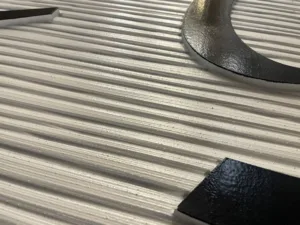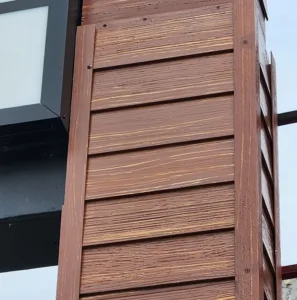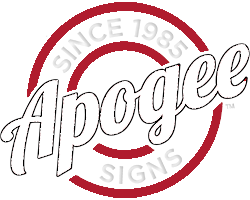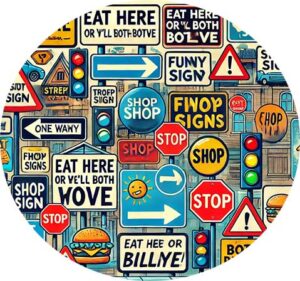Wood grain aesthetics have an enduring charm, evoking warmth, and sophistication in any setting. Yet, traditional wooden signage can be cumbersome and costly. Enter a modern solution: crafting wood grain look signage with foam board. In this comprehensive guide, we’ll delve into the process of creating stunning wood grain effects while shedding light on the versatile material, foam board, that makes it all possible.
Understanding Foam Board: A Versatile Canvas
Foam board, also referred to as foam core board or foamcore, is a lightweight material featuring a polystyrene foam core sandwiched between two layers of paper or plastic. Despite its lightweight construction, foam board maintains structural integrity, making it ideal for various applications. Its versatility lies in its ease of manipulation, making it suitable for intricate designs and detailed artwork. This affordable material is highly customizable and can withstand environmental conditions, making it an excellent choice for signage projects.
 Step-by-Step Process:
Step-by-Step Process:
Step 1: Design and Preparation
Begin by envisioning your desired signage layout and selecting a wood grain texture template or reference. This could be a photo of real wood or a digital image that captures the essence of your preferred wood species. Using specialized software, transfer the design onto the foam board, ensuring accuracy and precision in measurements.
Step 2: Routing
With your design ready, it’s time to bring it to life using a Multicam routing machine. This machine utilizes specialized routing bits to carve intricate patterns into the foam board, replicating the natural contours of wood grain. By adjusting the routing depth and speed, you can achieve the desired level of detail and texture.
Step 3: Sanding
After routing, gently sand the surface of the foam board to smooth out any rough edges or imperfections. This step ensures a flawless finish and enhances the realism of the wood grain texture. Start with a coarse grit sandpaper and gradually transition to finer grits for optimal results.
Step 4: Priming
To prepare the foam board for painting, apply a coat of primer to the entire surface. The primer acts as a sealant, providing a smooth and stable base for the paint to adhere to. Allow the primer to dry completely before proceeding to the next step.
Step 5: Painting
Using acrylic paints in various shades of brown, tan, and black, begin layering the colors onto the primed surface to mimic the natural variations found in wood grain. Start with a base coat of a lighter shade and gradually add darker hues to create depth and dimension. Employ dry brush techniques or fine detail brushes to accentuate the carved wood grain patterns, blending the colors seamlessly for a realistic effect.
Step 6: Finishing Touches
Once the paint has dried, inspect the signage for any areas that may require additional detailing or touch-ups. Depending on your preferences, you may choose to apply a clear sealant to protect the paint and enhance its longevity, especially if the signage will be displayed outdoors or in high-traffic areas.
 In the process of crafting wood grain look signage with foam board, a fusion of innovation and tradition emerges. This approach not only captures the enduring charm of wood grain but also offers a platform for boundless creativity, cost-effectiveness, and durability. Following the detailed steps outlined in this guide opens the door to achieving breathtaking results that elevate any environment, be it for commercial branding, decorative enhancements, or personal expression.
In the process of crafting wood grain look signage with foam board, a fusion of innovation and tradition emerges. This approach not only captures the enduring charm of wood grain but also offers a platform for boundless creativity, cost-effectiveness, and durability. Following the detailed steps outlined in this guide opens the door to achieving breathtaking results that elevate any environment, be it for commercial branding, decorative enhancements, or personal expression.
With foam board serving as a versatile canvas, the journey of creating captivating signage becomes not only accessible but also deeply rewarding. Each step, from design conception to finishing touches, presents an opportunity to infuse your unique vision into the final product. Embrace the possibilities afforded by this adaptable material, unleash your creativity, and witness how your wood grain look signage leaves an indelible impression on all who encounter it.
As you embark on your signage-making journey, remember that foam board not only facilitates the realization of your creative vision but also stands as a testament to the seamless integration of modern techniques with timeless aesthetics. Embrace the process, explore the endless possibilities, and revel in the satisfaction of bringing your ideas to life in stunning wood grain detail.






